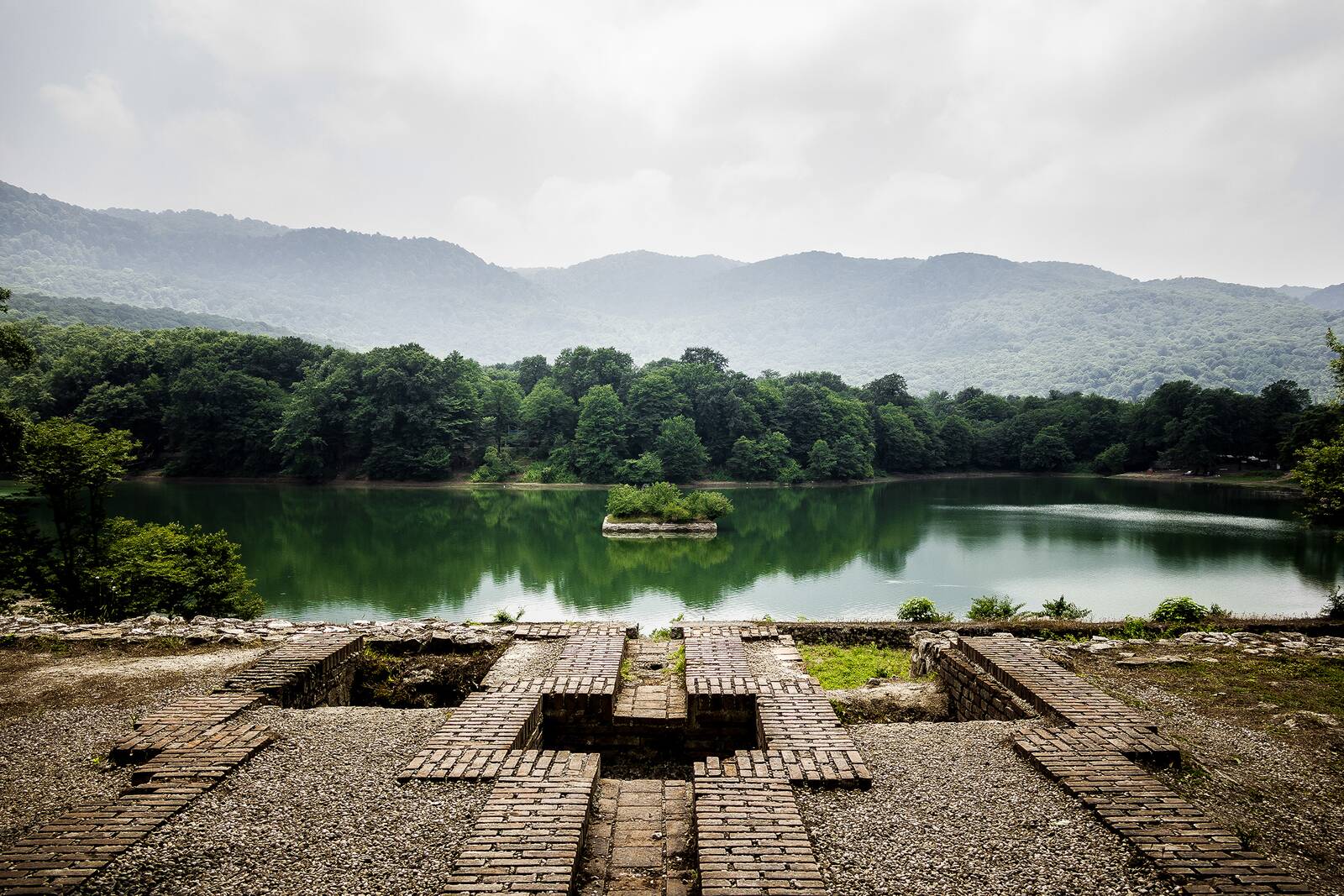The Persian Gardens: A Timeless Oasis of Beauty and Symbolism
The Persian Gardens, also known as Iranian gardens, stand as an enduring testament to the artistic, cultural, and horticultural achievements of Iran. These gardens, characterized by their harmonious design, unique architecture, and profound symbolism, have captivated the world for over two millennia. Let's explore the multifaceted beauty and cultural significance of the Persian Gardens:
Key Characteristics of Persian Gardens:
Symmetry and Geometry: Persian gardens are renowned for their strict geometric layouts and symmetrical designs. These gardens often feature rectangular or square shapes divided into four quarters by water channels or pathways. The symmetry reflects the Persian commitment to order and balance in design.
Water Elements: Central to Persian gardens is the presence of water, which represents life, purity, and abundance. The gardens feature canals, fountains, pools, and reflective basins. Beyond aesthetics, these water features also serve a practical purpose in cooling the environment, particularly in Iran's arid climate.
Plant Selection: Persian gardens boast diverse plant selections, including various fruit trees, flowering shrubs, and fragrant herbs. The iconic cypress tree, with its tall, slender silhouette, is a common choice, representing elegance and vitality.
Terracing: Many Persian gardens are terraced, with different levels or platforms that provide depth and visual interest. These terraces are adorned with an array of flowers, trees, and shrubs.
Shade Structures: To offer respite from the sun and create spaces for relaxation and contemplation, Persian gardens incorporate pavilions, pergolas, and arbors. These structures often provide picturesque views of the garden.
Tilework and Mosaics: Persian gardens are adorned with intricate tilework and mosaic patterns, enhancing the beauty of fountains, walls, and walkways. These decorative elements infuse vibrant colors and geometric patterns into the garden's design.
Historical Significance:
The legacy of Persian gardens dates back to ancient times. They have been shaped by the artistic sensibilities of various dynasties and empires, including the Achaemenids, Parthians, Sassanids, and Islamic rulers, each contributing to their distinctive charm.
Cultural and Symbolic Significance:
Persian gardens hold profound cultural and symbolic meanings:
Paradise on Earth: Persian gardens are often regarded as earthly representations of paradise. This concept is influenced by Quranic descriptions of paradise as a lush, shaded garden, aligning with the idea of gardens as tranquil, idyllic spaces.
Harmony with Nature: Persian gardens are designed to harmonize with nature, offering a sense of serenity and tranquility. They provide a sanctuary from the harsh climate and bustling urban environments.
Prominent Persian Gardens:
Several Persian gardens are UNESCO World Heritage Sites, exemplifying this unique garden style:
Pasargade Garden (Shiraz): Believed to date back to the 6th century BC, this garden is associated with Cyrus the Great, the founder of the Achaemenid Empire.
Eram Garden (Shiraz): Built during the Seljuk era with a Qajar-era pavilion, this garden is celebrated for its cypress trees and fragrant flowers.
Chehel Sotun Garden (Isfahan): A royal garden from the Safavid era, featuring a pavilion with twenty slender wooden columns reflected in a pool, creating the illusion of "40 columns."
Fin Garden (Kashan): A masterpiece from the Safavid era, known for its stunning terraces, fountains, and historic bathhouses.
Mahan Garden (Kerman): A late Qajar-era garden boasting terraced design and flowing water channels.
Akbarieh Garden (Birjand): Built during the late Zand and early Qajar periods, featuring impressive architectural elements.
Dolat Abad Garden (Yazd): Originating from the late Afsharid dynasty, known for its elegant windcatcher and intricate tilework.
Pahlevan Pour Garden (Mehriz): A late Qajar-era garden offering a diverse range of products.
Abbas Abad Garden: A garden with roots in the Safavid era.
These Persian gardens represent a centuries-old tradition of horticultural and architectural innovation. They embody Iran's profound cultural heritage, the deep connection to nature, and the enduring legacy of Persian art and aesthetics. As living testaments to the beauty of symmetry, water, and greenery, Persian gardens continue to inspire awe and admiration from visitors worldwide. Whether you seek a place of contemplation, a celebration of nature's beauty, or a glimpse into the cultural heritage of Iran, the Persian Gardens offer a timeless oasis of enchantment and symbolism.


